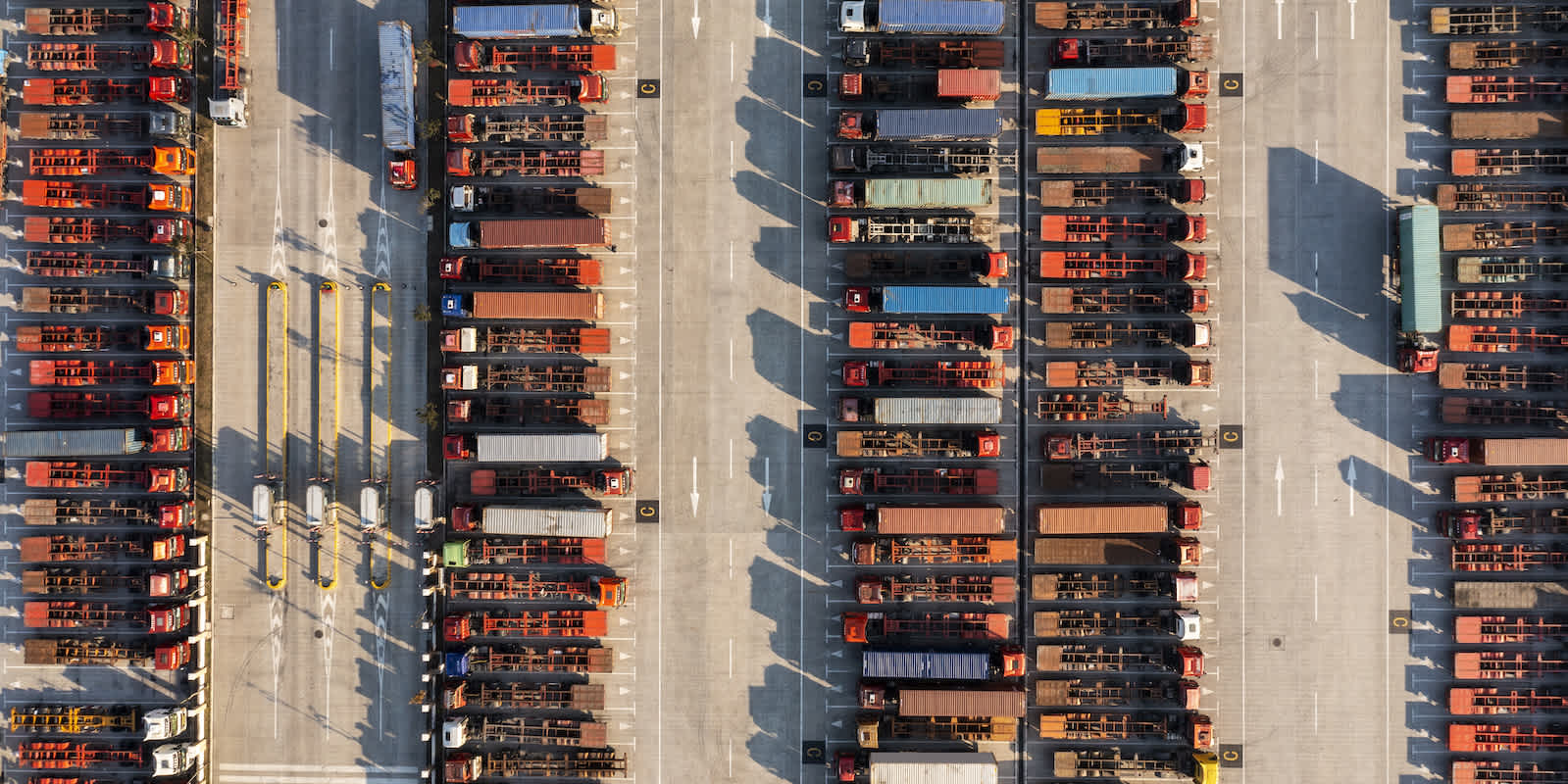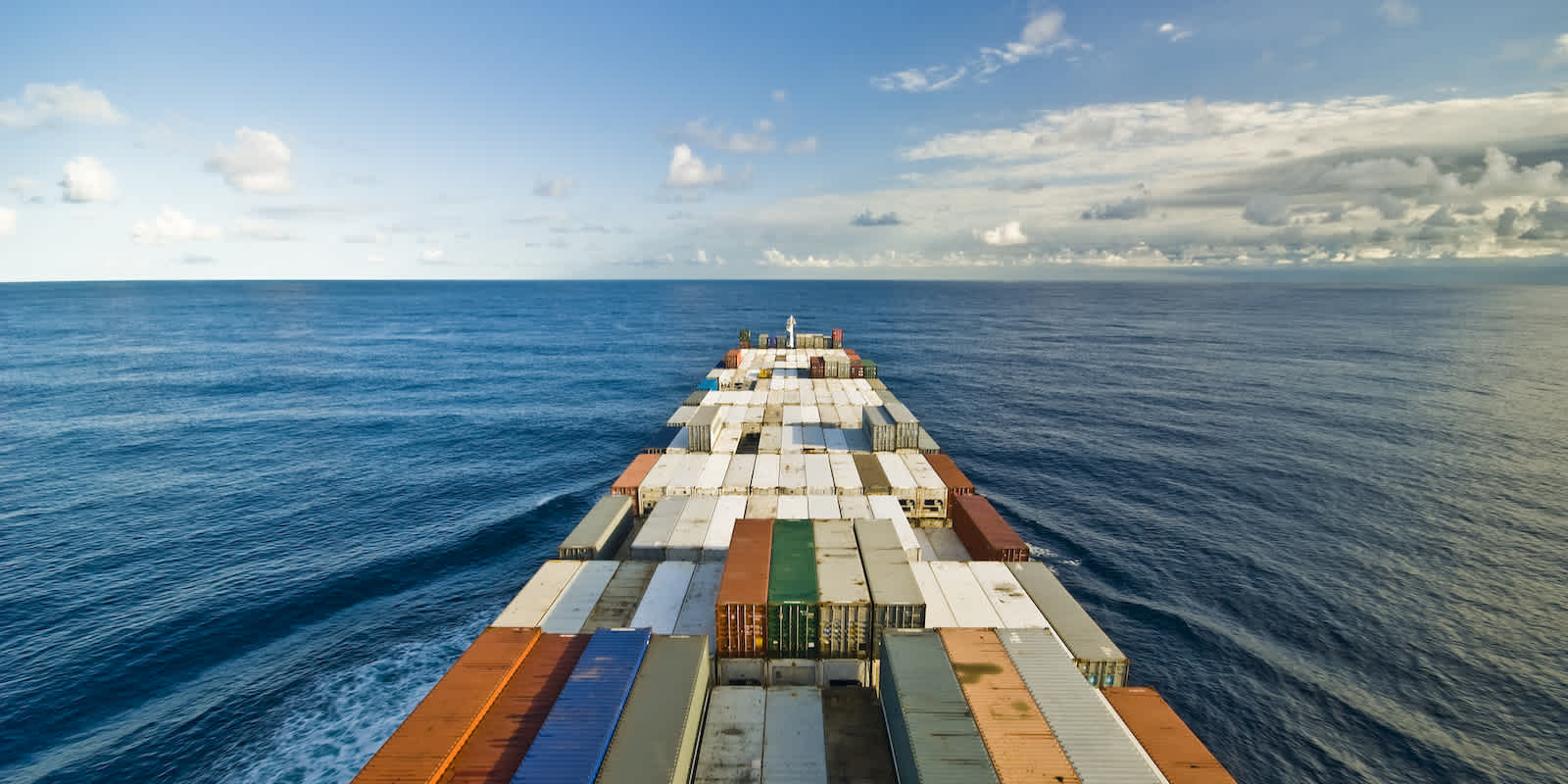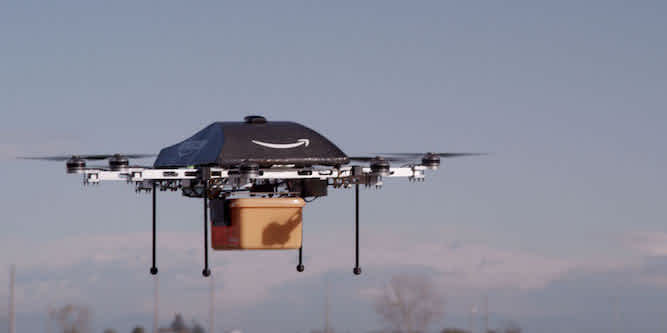
May 22, 2023
Supply Chain Snapshots - News of the Week (May 22, 2023)
Monday, May 22, 2023
Truckers Are Caught on the Front Lines of California’s EV Push
(Read more on Ars Technica)
Every drayage vehicle in California must be either battery or hydrogen fuel cell powered by 2035—according to the California Air Resources Board (CARB), the state’s governing body responsible for setting air quality standards. The move has come as a welcome sign of progress for many, while others are worried about the costs associated with the new trucks and worry that the infrastructure isn’t in place to support their charging needs.
Flexport Taps Uber Freight Executive To Build Truck Brokerage
(Read more on The Wall Street Journal)
Building on the acquisition of Shopify Logistics, Flexport announced this week that Bill Dreigert was joining the company as the new head of trucking. Most recently, Dreigert helped launch Uber Freight, the tech company’s offering that pairs shippers with truckers to move their goods. According to CEO Dave Clark, “his mission in this new role will be to develop and scale our end-to-end customer offering for trucking.” The move is part of Flexport’s wider goals of providing customers with full-service, end-to-end logistics solutions.
Optimism Fades for Airfreight Recovery on Slow-Healing Inventories
(Read more on Freightwaves)
Air cargo volumes are down between 8%-10% from last year’s elevated levels, leading rates to drop nearly 40% in the same time period. Factoring into this is the current retail overstock situation, increasing capacity as passenger flights continue to make a comeback, and the monetary tightening policies of the U.S. Federal Reserve and other international central banks looking to head off or limit the possibility of a global recession.
Port of Oakland Approves Plan for Green Upgrades at TraPac Terminal
(Read more on Container News)
Oakland Seaport commissioners voted unanimously to amend port operator TraPac’s lease to include green upgrades to their cargo handling equipment. TraPac will convert three rubber-tired gantry cranes (RTGs) from diesel to a hybrid-diesel drive, lowering the equipment’s emissions by 95%. This marks the first time the port has included emissions-reduction clauses in a lease agreement.
After Last Year’s Inventory Tidal Wave, Where Do Retailers Go From Here?
(Read more on Supply Chain Dive)
Having hit a peak in October ‘22, U.S. retail inventory levels are still bloated. Aside from the issues discussed above in the air freight article, this means many (retailers, wholesalers, and 3PLs offering distribution services) are left with high storage costs. These organizations are already dealing with looming uncertainties around this year’s peak season, and the mounting opportunity costs of having working capital tied up in storing unsold inventory, making the situation that much more important to resolve as soon as possible.







